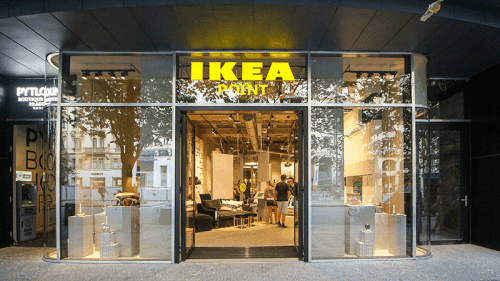On Friday, President Obama called for “any idea, any proposal, any way we can get the economy growing faster so that people who need work can find it faster.” There is a tried and true idea that has always been used in past recoveries; activate the building of the built environment…but with a major twist.
Comprised of real estate and the infrastructure that supports it, especially transportation, the built environment is over 35% of the assets of the economy—the largest asset class. It was the catalytic cause of the Great Recession, along with most previous recessions, and it is now dead in the water. As a result, the economic recovery is anemic, bumping along at about two percent GDP growth, which is not enough to reduce the historically high unemployment rate, especially among those who have not graduated from college (workers with college degrees, preponderantly in the knowledge economy, have a low 4.6% unemployment rate).
As Patrick Doherty of the New America Foundation and I make the case in this month’s Washington Monthly cover story, activating the building of the built environment is required to both increase GDP growth but also put the less educated back to work—the workers who build transportation improvements and housing.
However, the twist is that the market is demanding different transportation improvements and housing than we have been building for the past two generations, highway-based single family housing on the ever expanding fringe of our metro areas. This type of housing was the epicenter of the housing and mortgage crash; building too much of the wrong product in the wrong location caused the mortgage meltdown. What is needed is “alternative” transportation (rail transit, bike and walking infrastructure), as the two recent rounds of Obama DOT TIGER grants have provided. In addition, the real estate industry must re-tool to build what the market now wants, walkable development, whether in the central cities or the suburbs. The CEO of one of the nation’s largest homebuilders called me recently saying his drivable suburban business model was broken, it no longer works, but he does not understand how to develop the far more complex walkable alternative.
This is not the whole answer to American economic woes (another major answer is expanding manufacturing and service exports as the President calls for). However, without building the “second half of the transportation system”, redeveloping our cities and transforming our suburbs with mixed-use, walkable development, we will be condemned to years of stagnation. The market wants it, it is more energy efficient, physically healthy and it will provide over the next generation the same economic turbo-charge (excuse the pun) the building of the drivable suburbs provided over the past half century.





